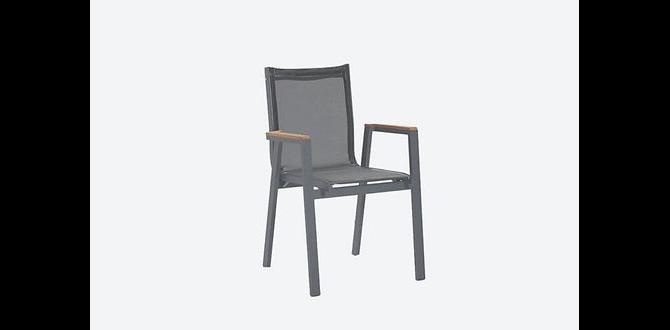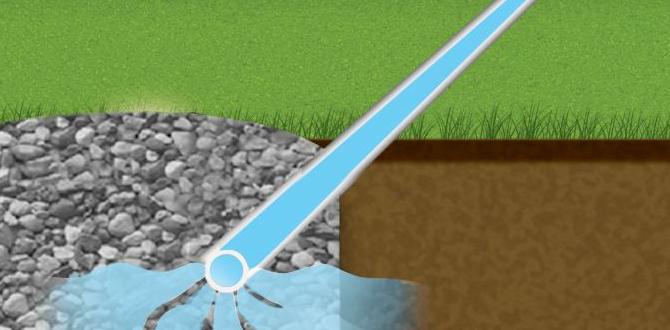Have you ever wondered what makes a garden thrive? The secret often lies beneath the surface. Topsoil is a vital component for any garden. But is topsoil good for gardens? This question sparks curiosity for gardeners of all levels.
Topsoil is the top layer of soil where plants grow. It is full of nutrients and organic matter. Think of it as the garden’s dinner table, packed with everything plants need to feast on. Imagine planting seeds in rich, dark soil that nurtures them to grow tall and strong.
Many people believe that using topsoil can lead to better garden results. However, others worry about possible problems, like weeds or poor quality. Did you know that healthy topsoil can hold up to 70% of its weight in water? That helps your plants stay hydrated!
Let’s explore if topsoil is the right choice for your garden. Understanding its benefits can help you make the best decision for your plants. Join us as we dig deeper into the world of topsoil and gardening. Your plants will thank you!
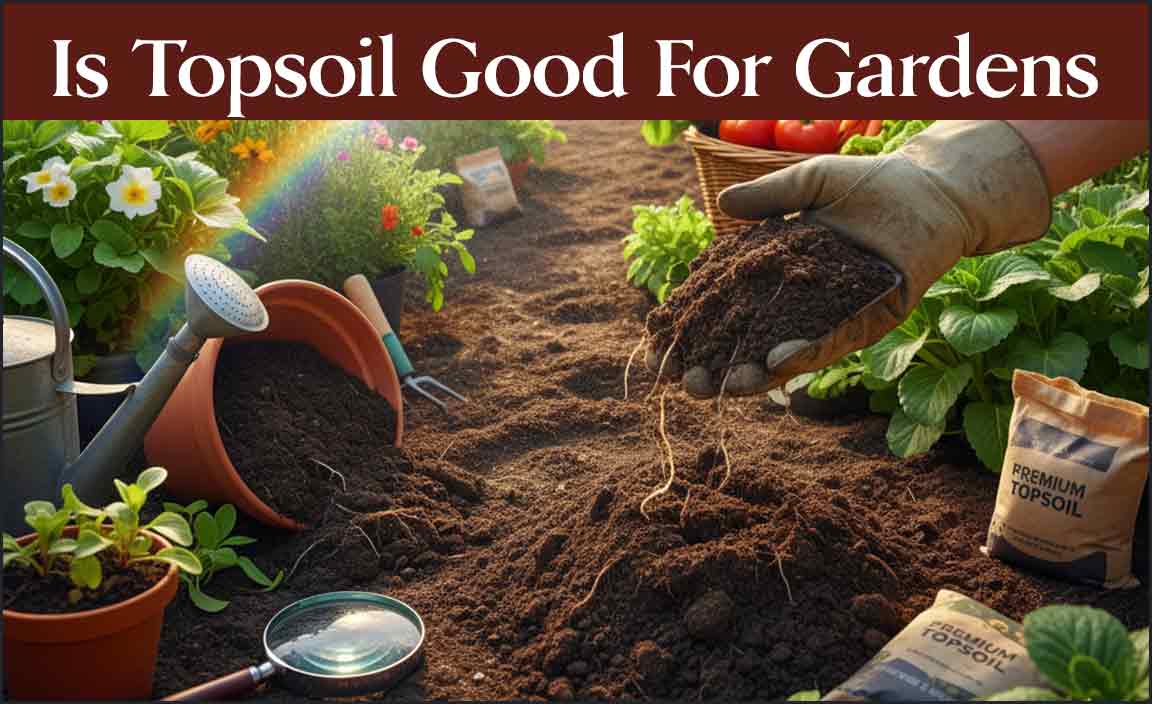
Is Topsoil Good For Gardens? Exploring Its Benefits And Uses
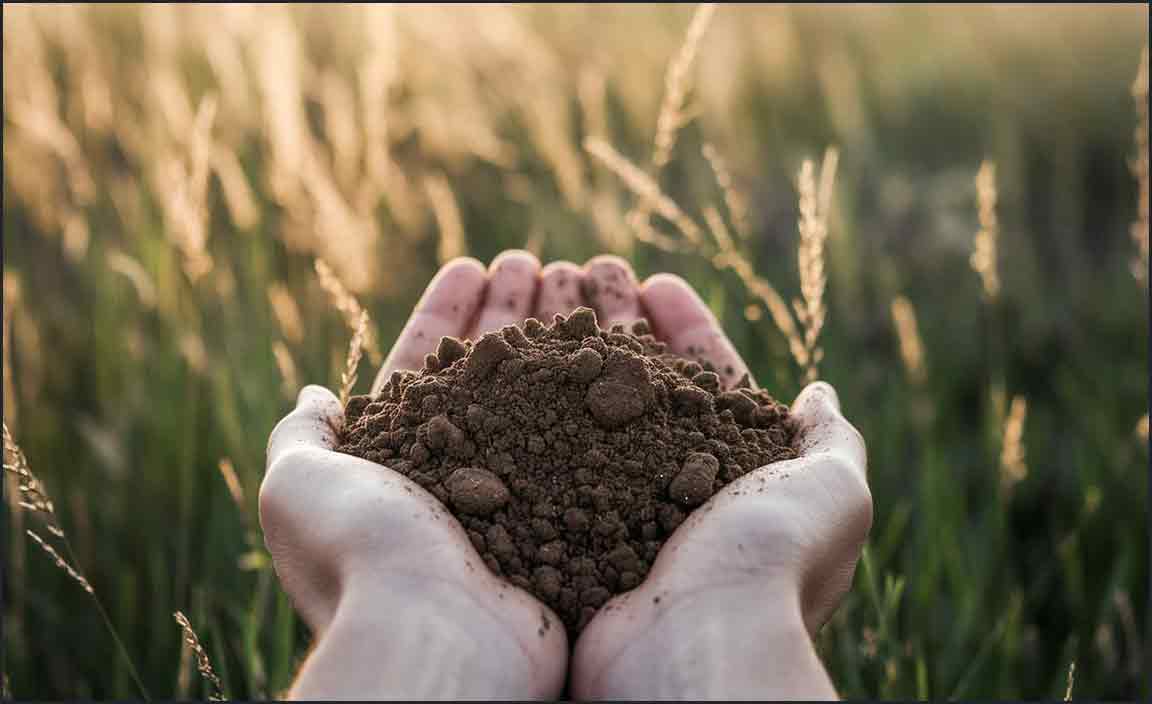
What is Topsoil?
Definition and composition of topsoil. The importance of topsoil in gardening. Topsoil is the uppermost layer of soil. It is rich in nutrients and supports plant life. Topsoil is made up of minerals, organic matter, air, and water. It is crucial for gardens because it helps plants grow strong and healthy. Without good topsoil, plants struggle to thrive and may not survive at all. Strong topsoil helps plants find food and water easily.
Why is topsoil important for gardens?
Topsoil is essential for healthy gardens. It provides nutrients, improves drainage, and helps anchor plants. Good topsoil can also store moisture and support microbes that help plants grow. Investing in quality topsoil can make gardening more enjoyable and successful!
- Supports plant growth
- Improves soil structure
- Retains moisture
- Encourages healthy microbes
Benefits of Using Topsoil in Gardens
Nutrientrich properties. Soil structure improvement and aeration. Using topsoil in gardens offers many benefits. First, it brings nutrient-rich properties that plants love. This means stronger growth and more vibrant flowers.
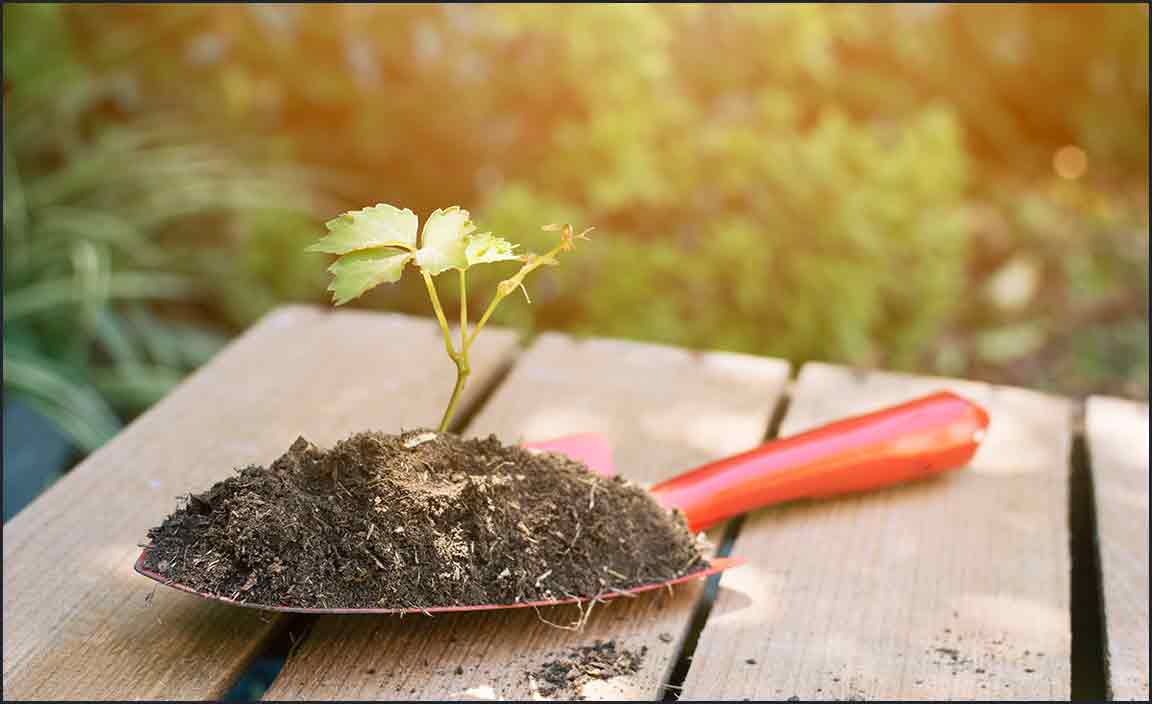
Second, topsoil helps improve soil structure. It allows air and water to move easily. Roots can breathe better and dig deeper. This keeps plants healthy and happy.
What are the key benefits of topsoil?
Topsoil brings essential nutrients and better soil structure. This supports plant growth and makes gardens thrive.
Key Benefits:
- Nutrient-Rich
- Improved Soil Structure
- Better Aeration
Types of Topsoil Available
Natural vs. processed topsoil. Choosing the right topsoil for different plant types. Topsoil comes in two main types: natural and processed. Natural topsoil is like getting a slice of cake straight from Grandma’s kitchen—full of nutrients and ready for your plants. Processed topsoil, however, is more like pre-packaged snacks; it’s convenient but may lack some natural goodness. Choosing the right kind depends on your plants’ needs. For veggies, natural is often best. For flowers, either can work well. Just avoid using pizza toppings as fertilizer—they might not appreciate it!
| Type of Topsoil | Best For |
|---|---|
| Natural | Vegetable gardens, fruit plants |
| Processed | Flowers, ornamental plants |
How to Apply Topsoil in Your Garden
Best practices for layering topsoil. Techniques for mixing topsoil with existing soil. Applying topsoil helps your garden grow better. Here are some best practices:
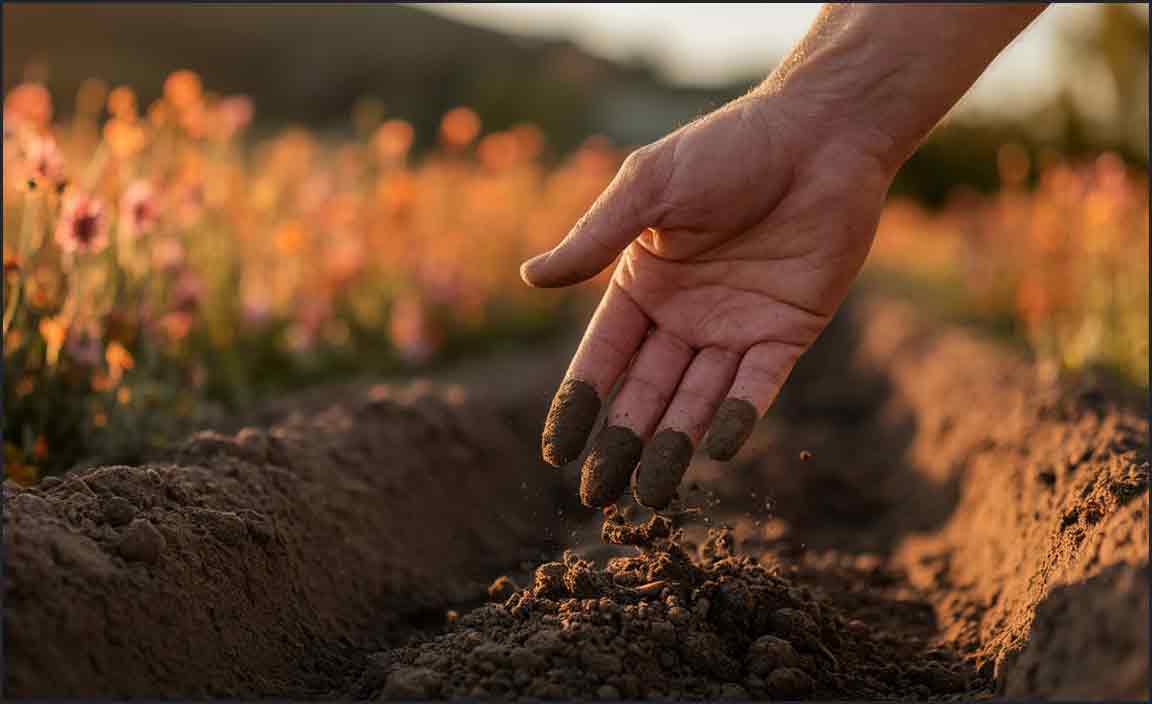
- Layer the topsoil evenly. Aim for about 2-4 inches.
- Gently spread it across the surface.
- Mix topsoil with existing soil to help plants.
- Make sure to water the area after applying.
Mixing helps create a rich environment. Use a shovel or rake to blend the topsoil well. This way, the plants can get the nutrients they need to thrive.
Is topsoil good for gardens?
Yes, topsoil is great for gardens. It improves soil quality and helps plants grow strong. Healthy soil leads to vibrant plants and good harvests!
Common Misconceptions About Topsoil
Addressing myths and facts about topsoil. Comparing topsoil to other soil amendments. Many people think topsoil is just ordinary dirt, but that’s a myth! Topsoil is rich in nutrients, making it superhero soil for plants. Some believe all soils are the same, but that’s like saying broccoli and chocolate cake are both healthy options. They’re not! Let’s take a look:
| Soil Type | Benefits |
|---|---|
| Topsoil | Rich in nutrients, great for plant growth! |
| Compost | Adds organic matter, boosts soil life! |
| Pine Bark | Good for drainage, helps moisture retention! |
Always remember, not all soil amendments are created equal. Topsoil gives your garden a fighting chance, while other options can be more of a supporting actor. Choose wisely, and watch your plants thrive!
Maintaining Topsoil Quality Over Time
Tips for preserving nutrient levels. The role of organic matter in topsoil health. Keeping topsoil rich and healthy is like feeding your garden a well-balanced diet. Add organic matter, like compost or leaf mulch, to boost nutrient levels and improve soil texture.
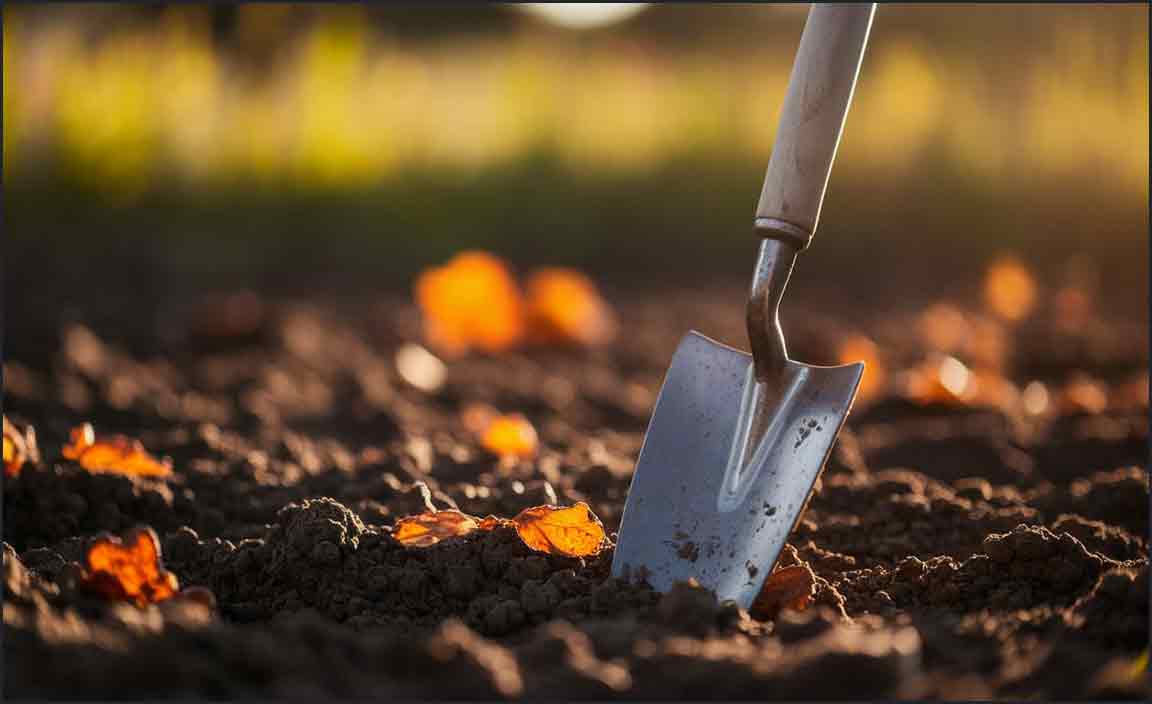
Did you know that adding just a couple of inches of organic material can mean happy plants? It’s true! The more worms and creepy-crawlies you have, the better. They work hard to break down organic matter and improve soil health.
| Tips for Preserving Nutrient Levels | Role of Organic Matter |
|---|---|
| 1. Test soil regularly. | Helps retain moisture. |
| 2. Rotate crops. | Supports healthy microorganisms. |
| 3. Avoid over-tilling. | Improves soil structure. |
So, keep adding that super-food to your soil and watch your garden thrive!
When to Avoid Using Topsoil
Situations where topsoil may not be beneficial. Alternative solutions for specific gardening needs.
Sometimes, topsoil could make your garden grumpy instead of happy. Avoid using it if you see contaminants or if the soil has too many weeds. Remember, topsoil isn’t a miracle worker! For compacted or rocky areas, try using raised beds or specialized potting soil. Your plants will thank you for their cozy, clean homes.
| Situation to Avoid Topsoil | Alternative Solutions |
|---|---|
| Contaminated Soil | Use Clean, Organic Soil |
| Overrun with Weeds | Apply Mulch or Landscape Fabric |
| Compacted Areas | Build Raised Beds |
Expert Tips for Selecting Quality Topsoil
What to look for in quality topsoil. Testing and analyzing your topsoil before use. Picking the right topsoil can feel tricky, but it can be as easy as pie. First, look for a dark, crumbly texture. If it feels like cookie dough, you’re on the right track!
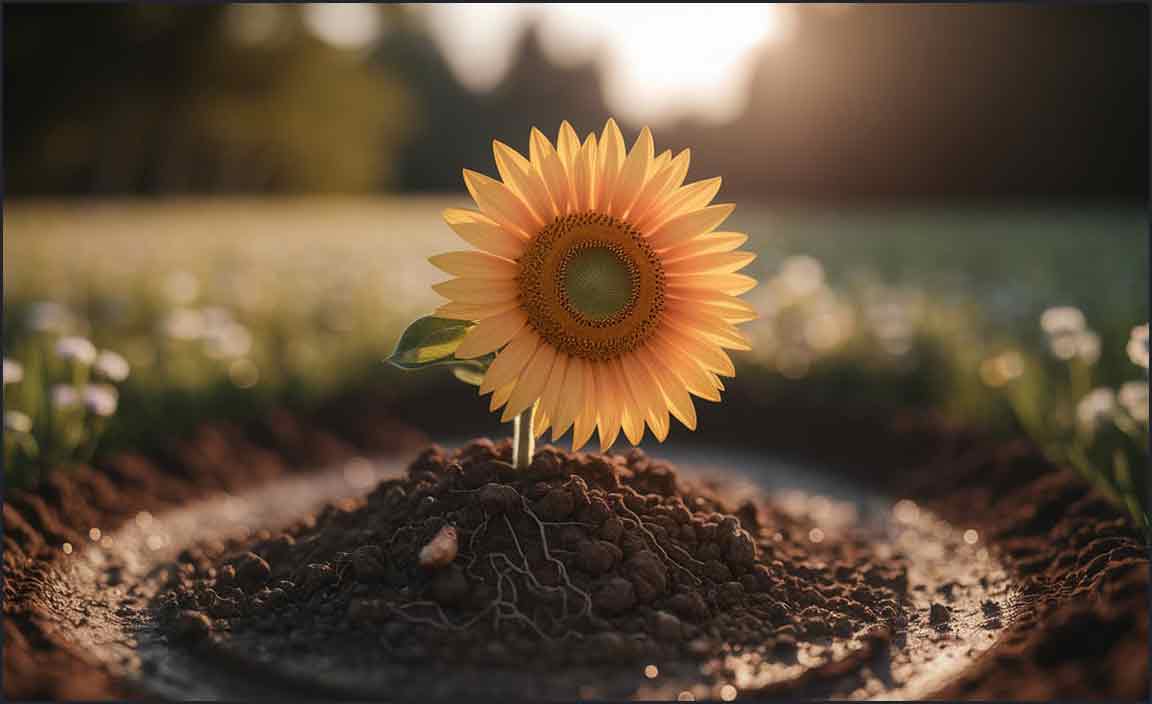
Is it free of rocks? Great! No one wants to trip over a boulder while gardening. Next, testing your soil is vital. You can use simple kits to check pH and nutrient levels. Here’s a quick chart to help:
| Test | Description | What to Expect |
|---|---|---|
| pH Level | Measures acidity or alkalinity | Should be between 6.0 and 7.5 for most plants |
| Nitrogen | Essential for plant growth | Check for levels between 20-30 ppm |
| Moisture | How much water your soil holds | Should be evenly moist, like a wrung-out sponge |
With these tips, you’ll be a topsoil expert in no time. And your garden will love you for it!
Conclusion
In conclusion, topsoil is great for gardens. It helps plants grow strong and healthy. You can mix topsoil with compost for the best results. Remember to check the quality before using it. If you want to learn more, read about soil types or how to improve garden health. Happy gardening!
FAQs
What Are The Benefits Of Using Topsoil In Garden Beds?
Using topsoil in garden beds helps plants grow strong. It has nutrients that feed the plants. Topsoil also holds water, so plants stay hydrated. Plus, it helps the soil breathe, letting air reach the roots. All these things make your garden look beautiful!
How Can I Determine The Quality Of Topsoil Before Using It In My Garden?
To check the quality of topsoil, you can do a few simple tests. First, look at the color. Good topsoil is dark brown or black. Next, feel it. It should be crumbly, not clayey or too sandy. Finally, smell it. Healthy topsoil should smell fresh, like a forest after rain. If it smells bad, it’s not good for your garden.
Should Topsoil Be Mixed With Other Soil Types For Optimal Plant Growth?
Yes, mixing topsoil with other soil types can help plants grow better. Topsoil is rich in nutrients. When we mix it with sand or clay, it improves drainage and holds moisture. This helps plants get the food and water they need. So, mixing different soils is a good idea for strong, healthy plants!
What Are The Potential Drawbacks Of Using Poor-Quality Topsoil In A Garden?
Using poor-quality topsoil can be harmful to your garden. Plants may not grow well because the soil might lack important nutrients. You could also get more weeds, making it harder to keep your garden tidy. Bad soil can hold water poorly, leading to soggy roots or dry spots. Overall, your garden might not be as beautiful or healthy as you want it to be.
How Often Should Topsoil Be Replenished In Established Garden Areas?
You should replenish topsoil in established garden areas every one to three years. This helps keep the soil healthy and gives plants the nutrients they need. You can add a thin layer, about one inch, to refresh the garden. Always check your plants and soil to see if they need more. It’s like giving your garden a little snack!




